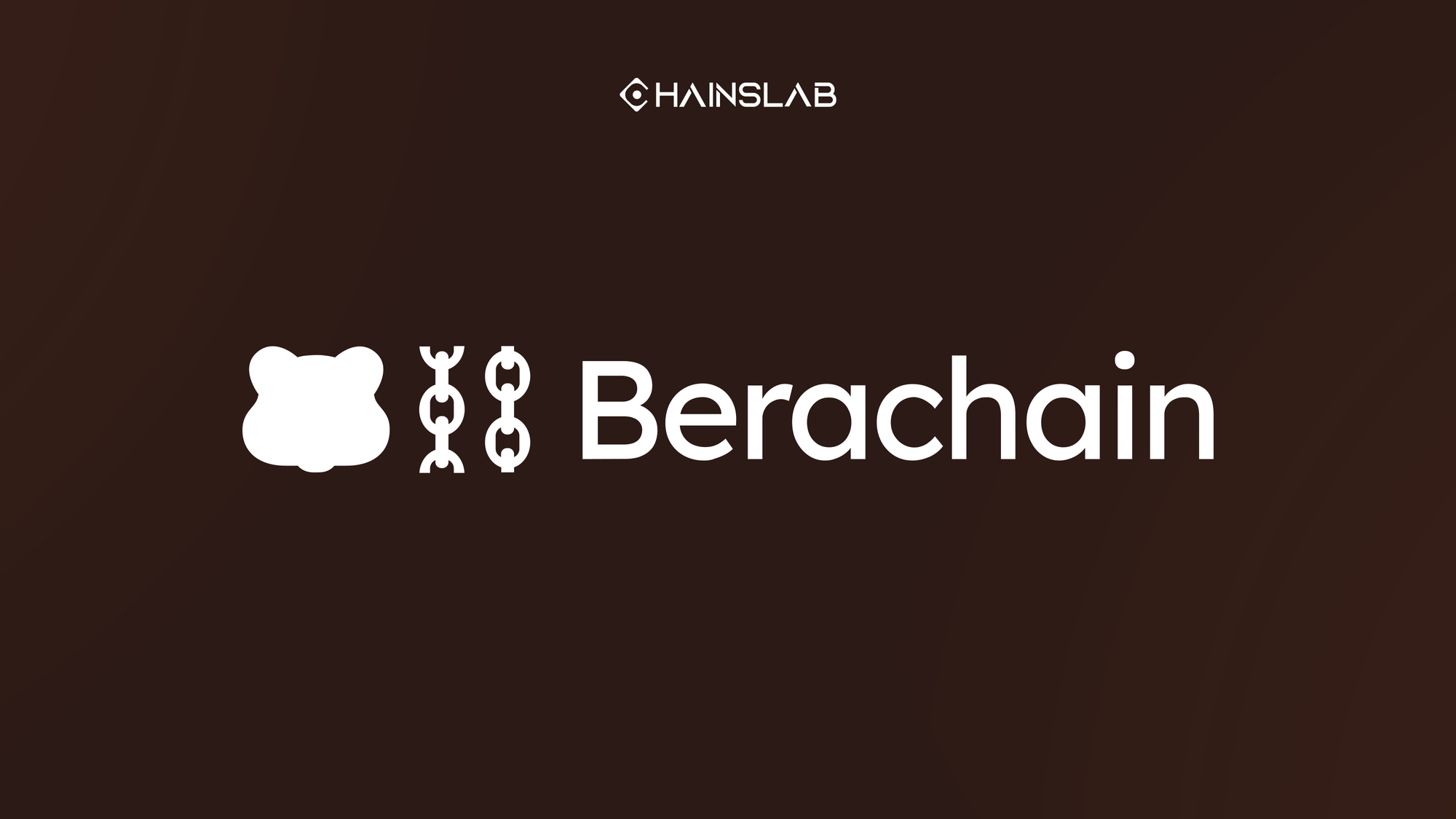When blockchain is widely applied and the crypto market has grown and expanded over the past few years, it has been convenient to create many products for users to participate in. Besides the variety of products, it is difficult for individuals, even savvy veterans who have been in the market for a long time to manage all their assets in detail and ease. In the TradFi, if you don't have time to learn new things or invest knowledge/strategies, we can deposit and receive annual interest due to solutions from investment funds, insurance companies, or the most advanced FinTech apps.
Likewise, DeFi has solutions for managing your activities across other protocols, so you can get exposed automatically to most of the upside without having to do most of the manual work. A classic is autocompounder/aggregator, projects like Beefy, Auto, Pickle, etc. will hand in your liquidity and then autocompound or optimized the assets across DeFi to maximize your return while charging just a small fee.
Products such as perp, swap, options, etc. have a more attractive yield than most others, but it requires traders to have knowledge to challenge with. Nonetheless, not everyone can purchase it, maybe someone else should handle that. Recently, perps, options trading protocols have attracted a large number of TVLs, typically Dopex when reaching $100M TVL and $700M market cap.
And sure enough, there is a “manager” for that - JonesDAO.
What Is JonesDAO
According to its tagline, JonesDAO is a liquidity, strategy, and yield protocol for DeFi options, with the product suite of risk-averse vault which is called the JonesVault. It enables 1-click access to institutional-grade options strategies while unlocking liquidity and capital efficiency for DeFi options with yield-bearing options-backed asset tokens.
JonesDAO is a protocol that is built on top of Dopex and routes the TVL of Dopex through their protocol instead. JonesDAO accomplishes this by letting users deposit their DPX into a vault and receive a yield-bearing jDPX that is liquid. This yield-bearing asset can be further deposited into a liquidity pool consisting of DPX/jDPX to receive emissions from revenue generated by the protocol. Considering the jAssets are similarly priced to the based asset, it should minimize your impermanent loss.
Why would JonesDAO create a separate liquidity pool for jAsset, instead of just letting users redeem for the base token? Well, since Dopex’s mechanism is time locked vaults, ordinary 3 days each epoch and you can’t get your assets during the middle of each epoch. So you also have to wait till the end of an epoch to get your assets out of Dopex. But by creating liquidity pools for jAssets, you can trade it for ETH anytime.
This could be familiar from the Curve Wars, Convex did for CRV stakers is create a liquid market for veCRV. By depositing CRV into Convex for cvxCRV, you’re earning veCRV yield while being able to cash out your cvxCRV anytime instead of locking your veCRV for 4 years. JonesDAO is enabling a similar solution with Dopex options vaults, just by turning previously locked assets in SSOVs into liquid assets, to swap out before it unlocks.
The handy aspect of this model is that users don’t have to keep depositing assets, or keep setting up new options contracts. If you want to use Dopex’s SSOVs on your own, you have to set calendar reminders to go back to Dopex to collect your earnings and deposit funds into new vaults. But for JonesDAO, it gives you a token that represents your collateral being put to work in SSOVs, you can just hold it and keep accruing interest without having to enter a new options strategy.
Till now, the effective APY on ETH deposited on Dopex SSOVs is around 12.93%, meanwhile the average yield on JonesDAO is around 10.79%. So you are making up about 2% if you put your effort significantly. In other words, you just have to give up 2% to force someone to make you money, without effortness, in an automated way. It’s much more than the yield in TradFi.
Tokenomics
Token Utilities
JonesDAO’s native token is called JONES and is lockable for veJONES. This lockable token is based on CRV, RBN, and Badger. Thus, provides you with governance power related to gauge weights for vaults and pools in order to boost the emissions. It is understandable why this governance power is valuable as users try to generate yield on your assets for higher capital efficiency, especially when those yield-bearing assets include DPX as well.
The JONES token is designed for a variety of use cases—governance, fee accrual, liquidity incentives, and more. The token has several important attributes:
- Users can purchase and lock JONES for veJONES in order to earn a portion of protocol fees and additional JONES emissions.
- The ratio of Jones-flavored assets/vault deposits will grant the user a ‘Jones Boost’, a multiplier for the $JONES APR received on the platform.
- veJONES holders will be able to vote on gauge weights for Jones Vaults and jAsset pools. This aligns the usage of the platform with long-term JONES holders. For example, depositors in the ETH Jones Vault can lock veJONES, to vote for greater JONES emissions for the ETH Jones Vault.
Token Metrics
Jones has a straightforward, community-oriented token distribution that should be familiar to anyone who’s read a few posts here. The total supply is only 10,000,000 tokens, allocated like this:
They did a private sale to investors for about 10%. Those tokens are locked in a vesting contract with a 3-month cliff and then 6-month drip, and the cliff is on April 30th. Then they did a public sale for 17% of the supply, which happened in late January and is now fully unlocked. Considering the pre-sale contract doesn’t have much Jones left in it, the circulating supply should be 1.7m, which means the market cap should be higher as well. As far as I can tell the Operations allocation and Olympus allocation aren’t vested, nor is the airdrop, so the actual current unlocked amount of tokens is around 37.5%. Though obviously the treasury wouldn’t casually dump 15% of the token supply and wreck their project. It’s safe to assume Olympus also wouldn’t do that. Tokens emit slower from now till April 30th when the private sale starts unlocking. Then they’ll be emitted faster from 4/30/22 to 10/30/22, slowing down on 10/30, and then slowing down more on 7/30/23.
Fee Structure
But what is the JONES token for? JonesDAO has a 2/20 fee model on their options strategies, where they charge 2% per year on managed funds, and take 20% of the profit earned from any strategy. This profit will be shared with JONES holders who stake their tokens for veJONES, a vote escrowed lockup model similar to Curve. veJONES holders will also get to vote on which jAsset pools receive the most emissions, so presumably there could be a “JONES war” for voting power in the future.
If Jones is able to consistently generate profits from its strategies, and if Dopex becomes the remaining options trading platform on L2s, this could turn into a pretty significant revenue stream for users.
Evaluate on JonesDAO
Because it is built on Dopex, JonesDAO's products are quite dependent on Dopex's development roadmap. So, we still haven't seen a Jones ecosystem. Besides that, the strategies are not diversified, yield is not attractive to users when that yield level they can stake and use other yield aggregators to reduce risk rather than participate in options trading. Multi-asset vaults, passive strategy vaults might be its future selling point.
To be more efficient, the DAO should provide more products, such as lending and borrowing on jAssets. It would let users do leveraged options farming. Take your calculator out, assume jETH yield stays at ~10.79%, you can borrow against it at 70% LTV. So, what you may get? 10.79% yield on initial balance + 10.79% on 70% borrow funds. It is a much better ETH leveraging tools on the market.
There’s no reason that they couldn’t extend their actively managed vaults to other protocols beyond Dopex, and if they can offer consistently high returns for vault depositors they could drive a huge amount of liquidity to their future products, and become the lead manager on Dopex options strategies.
Just wondering about the future of JonesDAO is how dominant Dopex can be in the on-chain options market. If Dopex doesn’t succeed, it’s hard to imagine Jones succeeding. Unless they pivot to servicing other options platforms like Lyra. Another issue should be taken into consideration is the peg for jAsset. A bad period of options trading could cause a “bank run” on jAsset and end up harming the project. So, they could be faced with valuable arbitrage opportunities at times for the depegging.
But on the other hand, when the veJONES token model is implemented, users can lock JONES for governance things like voting, or boosting its yield more effectively. It means that the token JONES will be able to accrue much more value.



